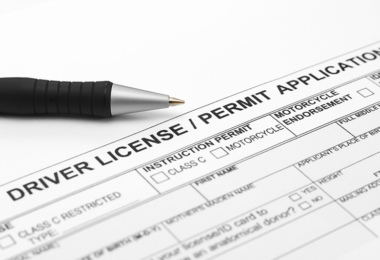Home / Modules / Components / GDL for all novice drivers younger than 21 / Description and rationale
Description and rationale
The application of graduated driver licensing (GDL) programs to only those drivers younger than age 18 is a unique characteristic of these programs in all but seven of the 51 jurisdictions in the United States. As a result, teens that delay obtaining their license and then begin driving are automatically graduated to full license status when they turn 18, even if they have not completed GDL requirements. More concerning is that individuals who do not begin driving until the age of 18 or older are able to bypass complying with GDL restrictions entirely. This is particularly an issue in light of several recent studies showing evidence suggesting that many teens are indeed delaying licensing until they are older.1
In fact, the foundation of GDL programs is that new drivers or novices of all ages have an increased crash risk due to their inexperience, In other words, GDL is a program designed to deal with inexperience, not age per se. In several countries, including Canada, Australia, and New Zealand, these programs are also applied to older novices, and it is time, as opposed to age, that determines graduation to a full license status. For example, in Canada, full GDL policies apply to all novice drivers; in New Zealand and in some Australian states, policies have been modified to include older novices, generally up to age 25. Recent research in the United States suggests that the most appropriate target group is 18- 20 year-olds.
However, while GDL programs that are in place in these jurisdictions are applied to a much larger group of drivers, at the same time, these jurisdictions can also have less stringent requirements for older novices as compared to requirements in the U.S. This is because some GDL features, such as teen passenger limits, are more appropriate for young novice drivers than older, adult novices. As such, the extension of GDL program requirements to teen drivers and young adults should help reduce the crash risk of young drivers who delay licensure, and still provide flexibility to jurisdictions to manage GDL requirements that may be less appropriate for older novices. This possibility, however, needs to be researched.
1Tefft et al. 2014; Mayhew 2016 available at http://tirf.ca/wp-content/uploads/2017/02/ProgressionthroughGDL-Report-21.pdf





